Optimal Timing for Foundation Repairs
Foundation repairs are most effective when performed during periods of stable weather. Temperature fluctuations and moisture levels can impact the curing process of repair materials, making timing crucial for durability and effectiveness.
These seasons typically offer moderate temperatures and consistent moisture levels, ideal for foundation repair projects.
Cooler temperatures and reduced rainfall can facilitate proper curing and settling of foundation repairs.
Extreme cold can hinder curing, while high summer temperatures may cause materials to set too quickly, reducing effectiveness.

Spring offers optimal conditions for foundation stabilization work.
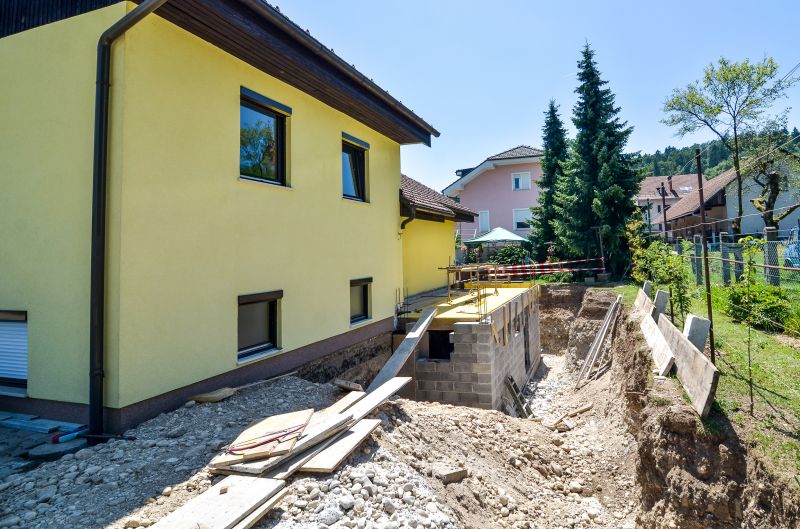
Summer requires careful planning due to heat but can be suitable with proper timing.
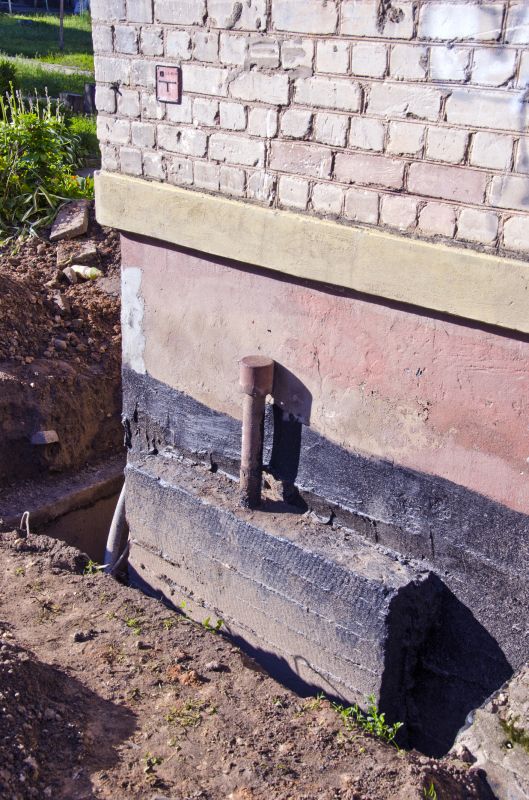
Fall provides cooler weather and less precipitation, ideal for repairs.
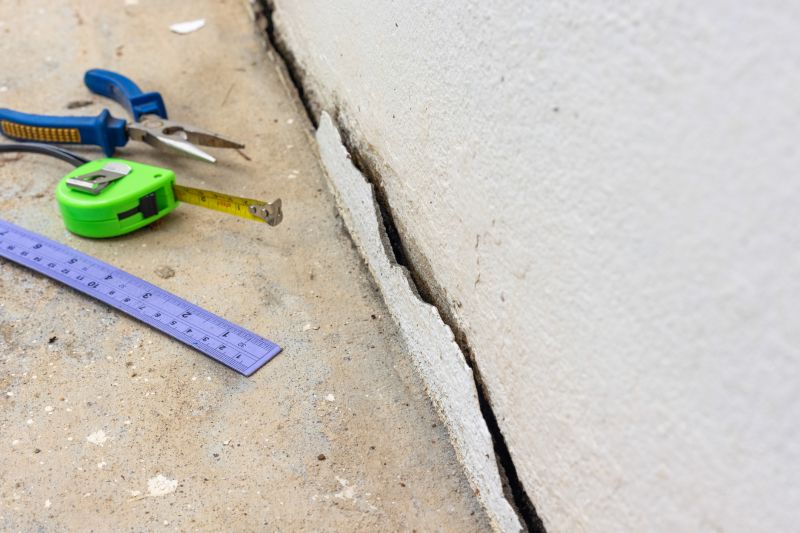
Ways to make Foundation Repairs work in tight or awkward layouts.
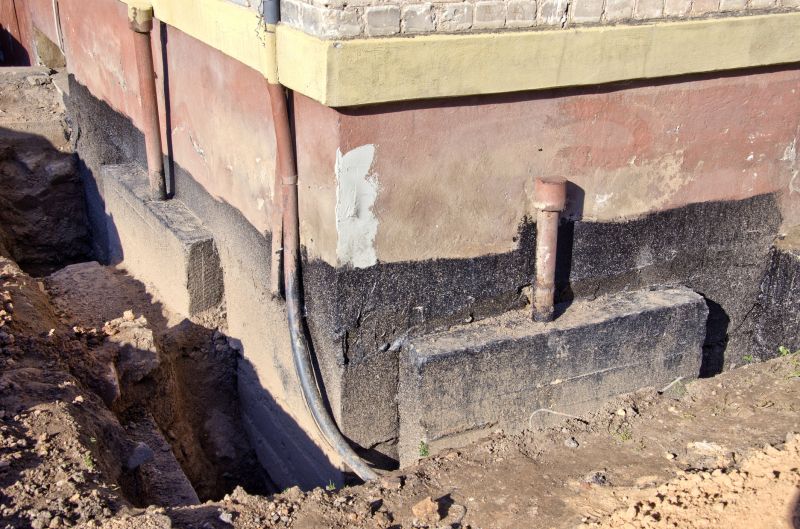
Popular materials for Foundation Repairs and why they hold up over time.

Simple add-ons that improve Foundation Repairs without blowing the budget.
| Season | Ideal Conditions |
|---|---|
| Spring | Moderate temperatures, consistent moisture |
| Summer | Warm weather, potential for heat stress |
| Fall | Cooler temperatures, less rainfall |
| Winter | Cold temperatures, frozen ground |
Foundation repairs involve stabilizing and strengthening the structural base of a building. Common issues include settling, cracking, and shifting caused by soil movement, moisture changes, or poor initial construction. Timely repairs can prevent further damage, reduce long-term costs, and preserve property value. According to industry data, addressing foundation problems early can save homeowners significant expenses over time, with repairs costing between a few thousand to tens of thousands of dollars depending on severity.
Proper timing for foundation repairs ensures materials cure correctly and that the structure remains stable during the process. Weather conditions such as heavy rain, freezing temperatures, or extreme heat can compromise the quality of repairs. Therefore, understanding seasonal patterns and planning accordingly can lead to more durable and lasting results.
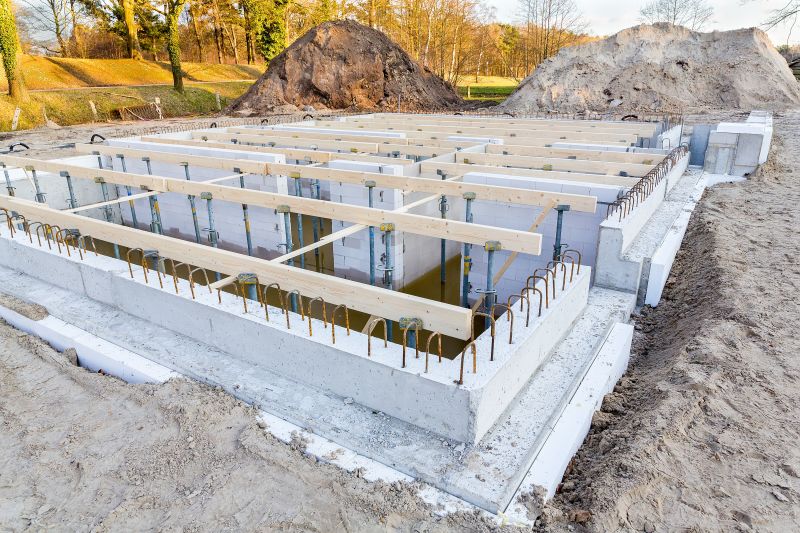
Foundation stabilization using piers and underpinning techniques.
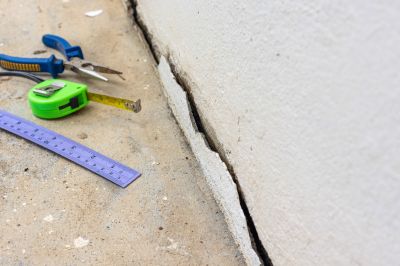
Common signs indicating the need for repairs.

Methods to prevent future shifting and settling.
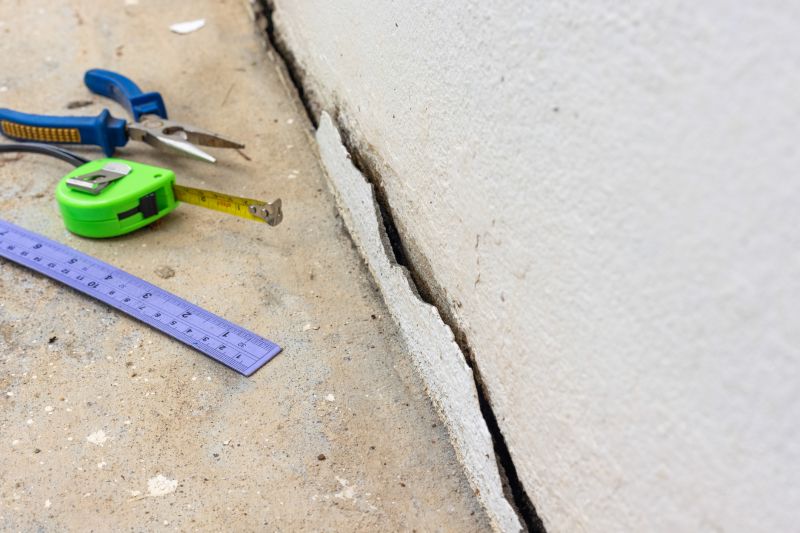
Professional assessment to determine repair needs.
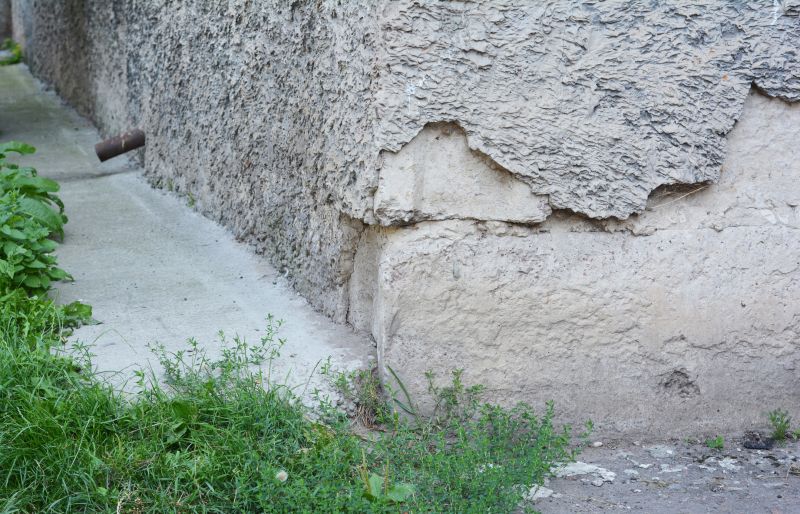
High-end options that actually feel worth it for Foundation Repairs.
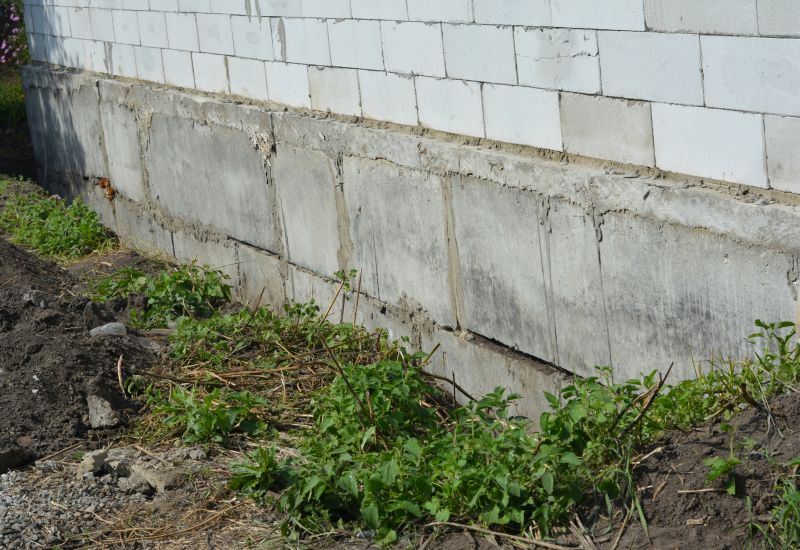
Finishes and colors that play nicely with Foundation Repairs.

Little measurements that prevent headaches on Foundation Repairs day.
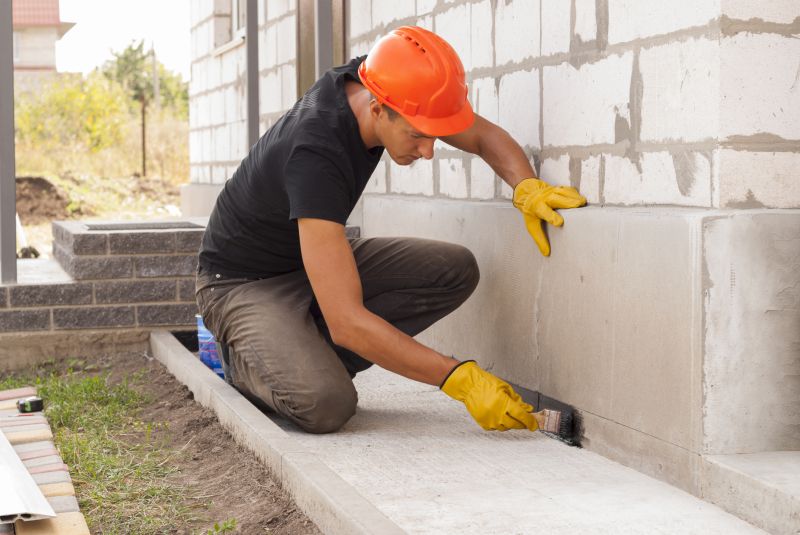
A 60-second routine that keeps Foundation Repairs looking new.
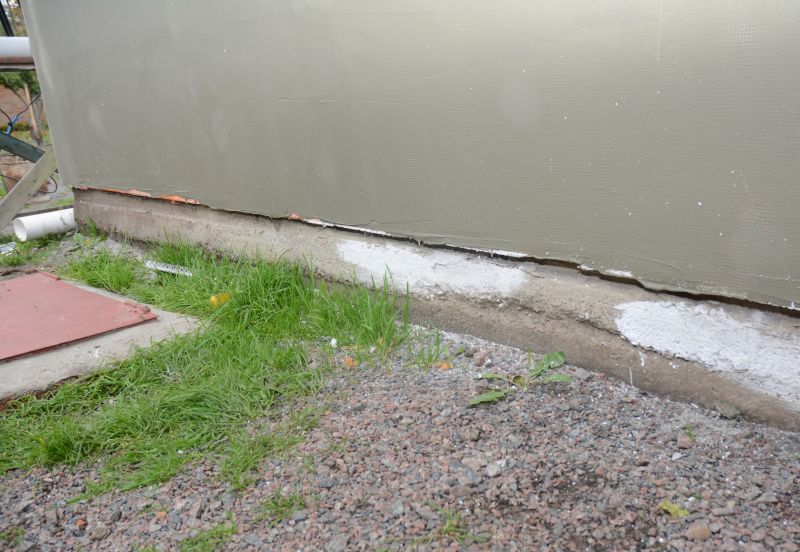
A frequent mistake in Foundation Repairs and how to dodge it.
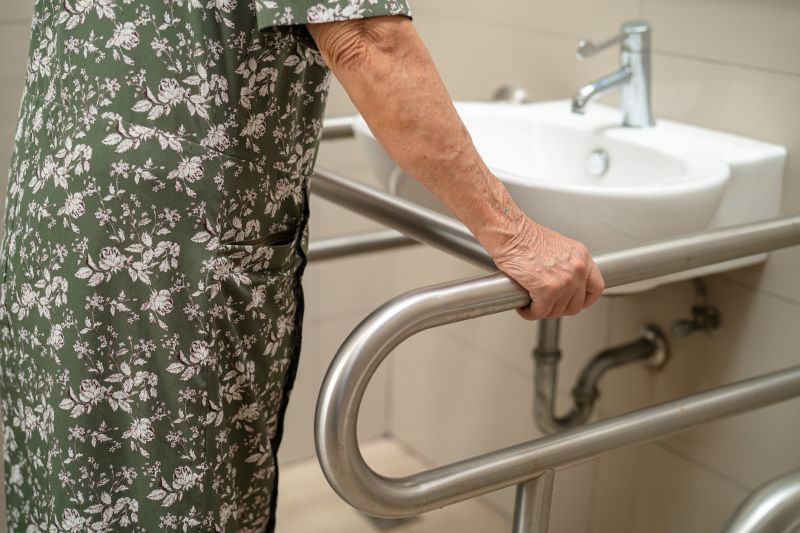
Small tweaks to make Foundation Repairs safer and easier to use.
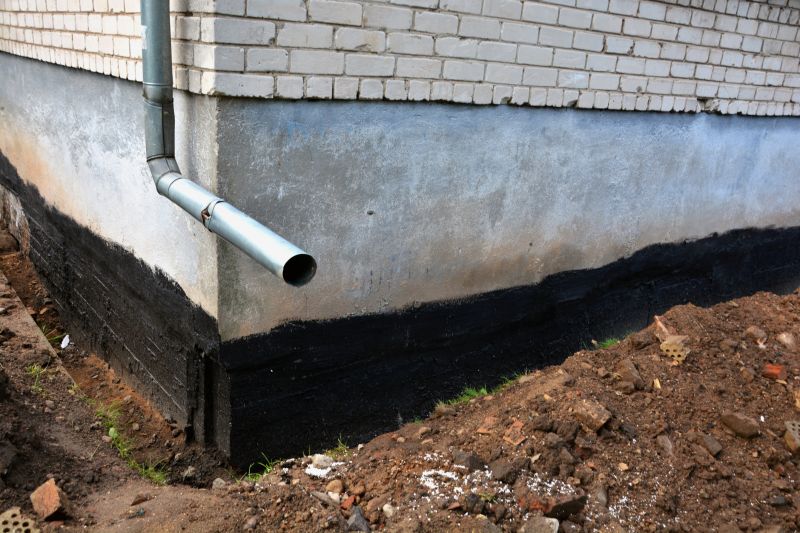
Lower-waste or water-saving choices for Foundation Repairs.
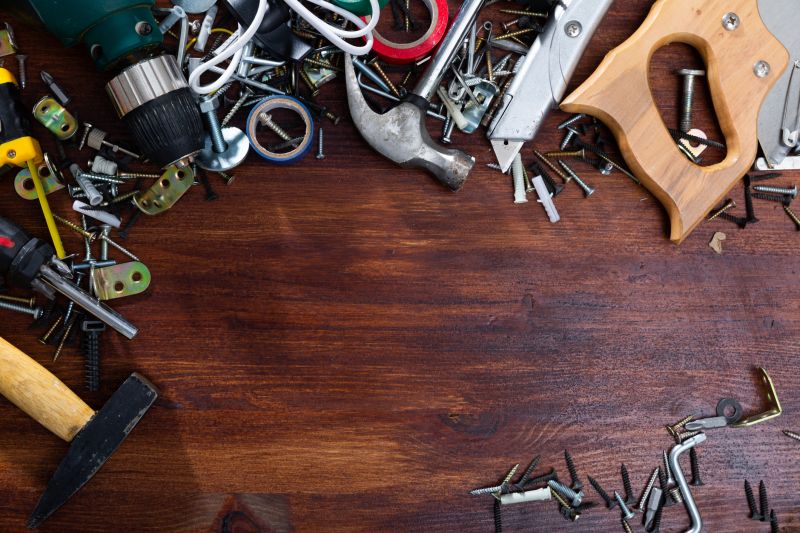
The short, realistic tool list for quality Foundation Repairs.
Cracks in walls, uneven floors, and sticking doors may indicate issues.
Early intervention can prevent extensive structural damage.
Underpinning, piering, and mudjacking are common methods.
Optimal repair timing depends on seasonal weather patterns.
Interested in foundation repairs? Filling out the contact form can provide access to expert evaluations and tailored solutions to address foundation concerns effectively.

